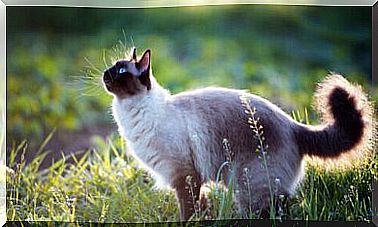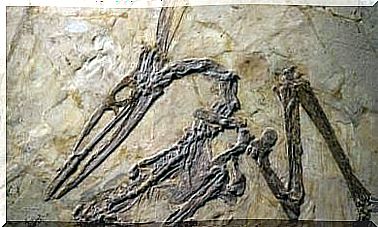History Of The Horse: Origin And Evolution
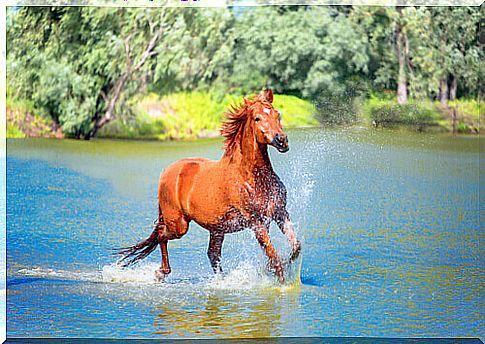
Knowing the origin and evolution of the horse means taking a long journey through the history of this formidable animal and discovering many aspects of human civilization. Coexistence with horses has been very important for the development of our culture.
These animals have made it possible to reduce distances by breaking down social and cultural barriers, bringing very different countries and populations closer together. They have also favored commercial exchanges, expanding markets and allowing news, technologies and knowledge to be spread to every corner of the planet.
It is a very special animal , certainly endowed with a predisposition to contact with humans, intelligent and sociable. To the point of creating a historical emotional bond with human beings. And this allowed the survival of both species.
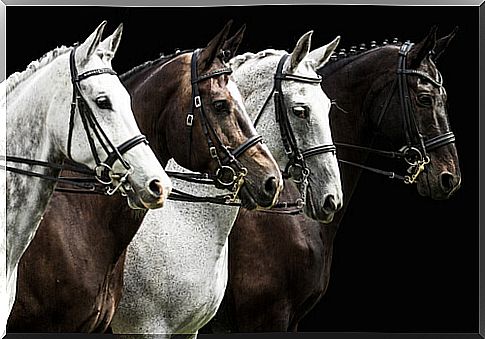
Etymology of the term “horse”
These large herbivores are characterized by their long arched neck, adorned with the characteristic voluptuous mane.
But this animal has not always been called a “horse”. The first Latin term for this species was in fact another, “equus”. The evolution to the vernacular made the term “caballus” more popular, which has Celtic roots and meant “castrated horse”. That is, it indicated those specimens that were calmer and more suited to riding and working.
From the ancient term “equus” come words like equestrian or horseback riding (referring to sport). On the contrary, the root of words such as horse racing are the fruit of the Greek root “hippos” which means, in fact, horse.
Taxonomy
In principle, it was believed that domestic horses belonged to a different species from their wild relatives. That is why, in mid-1758, the Swedish naturalist Linnaeus included domestic horses in the species Equus caballus . While wild horses were already classified in the Equus ferus species .
Subsequently, science proved that wild and domestic horses belonged to the same species. The differences in appearance and character were due to different evolutionary processes and specific training.
This is why all horses are currently gathered in the same species and are given the scientific name of Equus ferus caballus .
Brief summary of the history of the horse
The first accounts of the breeding and domestication of horses were recorded in the middle of the year 3500 BC, in the region that now belongs to Kazakhstan. Archaeological investigations have made it possible to assume that the first ancestor of the horse lived more than 50 million years ago.
Since then it has been possible to distinguish the evolution of this valuable mammal through 8 main stages. Let’s see them together:
Eohippus (or Hyracotherium)
This is the name by which the oldest ancestor of the horse is known. In fact, the reconstruction of his skeleton makes him more like a small dog. His body was between 20 and 40 cm in height. It had a short muzzle and the eye sockets were placed in the center of the face.
Fossils of this being were found in Oregon and in the Eocene sediments of Wyoming. It is thought to have first appeared 55 million years ago and to have spread to North America and Eurasia.
Mesohippus
Its name means “intermediate horse” (or “middle horse”). It is supposed to have represented the transition from the primitive species to the modern horse. Here the teeth with high crowns appear that allow to chew on grass, leaves and shoots, improving the health of the animal.
Its fossils have been found in Canada and the United States, Colorado, Nebraska and Dakota. They lived about 37 million years ago.
Miohippus
The appearance of Miohippus marks the first horizontal branch in the horse’s family tree. It means that the diversification of the races begins .
It is assumed that there were many different types of Miohippus. They occupied the Oligocene extensively, mainly in the area of Florida and the western United States. They lived 32 million years ago.
Parahippus
They retained primitive characteristics, such as the 3 toes of the legs, but represented an important change in the choice of habitat . They should have appeared more than 24 million years ago.
Merychippus
It is the first ancestor that resembles the modern horse. Although the feet still had 3 toes, the muzzle and legs were already elongated. This represented the ability to migrate over greater distances and increase grazing possibilities.
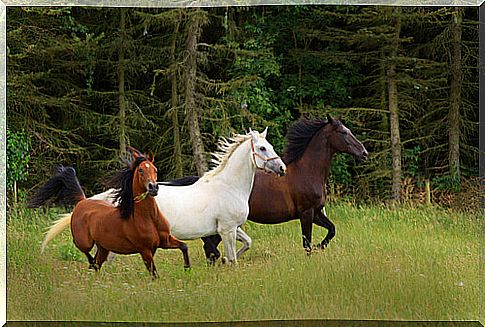
Pliohippus
He is considered the grandfather of the horse. It has spread widely and diversified, giving rise to various races that have occupied the entire continent. They lived between 6 and 12 million years ago.
Dinohippus
It is the closest relative of the genus Equus , which includes horses, zebras, and donkeys. The fossils were found in North America, but it is assumed that they also occupied Europe, Asia and South America. They lived 5 to 13 million years ago.
Equus
He is the only one who has managed to survive, thanks to his ability to adapt. It is assumed that the first specimen appeared 5 million years ago. Its fossils have been found on all continents, with the exception of Australia and Antarctica.
L ‘ Equus has accompanied man at war, migrated with him, it was fundamental to agriculture and to travel. Today it is also used in sports competitions and in pet therapy . For about 3500 years he has been a faithful companion in the life of the human being and has been alongside great people who have made history. Like Bucephalus (Alexander the Great), Bavieca (El Cid), Marsala (Garibaldi) and Marengo (Napoleon).



